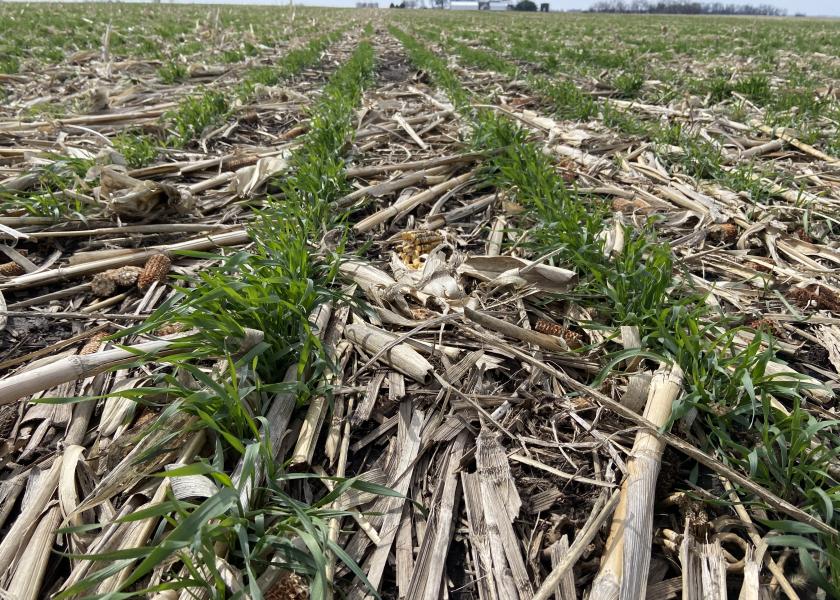Act Now to Access Conservation Funding Through the Inflation Reduction Act

Even though its name doesn’t reflect it, the Inflation Reduction Act (IRA) is the most significant climate legislation ever enacted.
The overall $770-billion package includes more than $19 billion to support USDA conservation programs through the Natural Resources Conservation Service. Starting in 2023 and extending through 2026, the IRA provides:
• $8.45 billion for the Environmental Quality Incentives Program
• $4.95 billion for the Regional Conservation Partnership Program
• $3.25 billion for the Conservation Stewardship Program
• $1.4 billion for the Agricultural Conservation Easement Program
• $1 billion for the Conservation Technical Assistance Program
If you’ve been thinking about making the transition to climate-smart agriculture, the IRA’s financial assistance for on-farm conservation practices could be just the boost you need. But the money won’t last forever. Most of the IRA’s conservation funding drops sharply after 2026.
That means you should act sooner rather than later if you’re interested in accessing these conservation funds, says Quint Shambaugh, a Pinion principal and leader in water management and land services. He urges these steps to get started:
1. Identify the resource concerns on your farm. Take an inventory and think through your operation’s conservation issues. Possible NRCS projects can address soil health, erosion, nitrogen runoff, water quality, animal quality and health, proper facilities and energy and irrigation efficiency.
2. Engage with your local NRCS. Share your findings and discuss with NRCS personnel how to address your resource concerns or what programs fit your needs.
3. Collaborate. Listen to NRCS suggestions. See if they have other ideas. Don’t forget to share with them your production practices and your goals for your farm.
4. Analyze what NRCS recommends and whether you can execute it. Can you perform a recommended conservation practice for the length of time prescribed? If you can’t commit to a project that will extend for years, even decades, don’t sign up for it because you will have to return the money if you don’t follow through. Also analyze whether you can afford implementing that conservation practice. Remember, this funding works under a cost-share model. You’ll have out-of-pocket costs to implement the project. NRSC will estimate expenses and fund you the money, but you will have to pay a contractor or vendor to put the practice or program into action.
5. Make sure you can implement your plan by 2026. NRCS offers a big pool of funds. With cost-share, additional projects will get funded. There could be hundreds of projects submitted, which means there could be a wait. But remember, IRA funding to NRCS rises sharply over the next three years. If your project doesn’t get funded this year, it could get accepted in 2024, 2025 or 2026. After 2026, conservation funding will return to former levels. So, if you have a conservation project that could benefit from NCRS funding, now’s the time to submit it.
Kala Jenkins’s insights have helped position agribusinesses for both survival and success – from agricultural lending, cash flow strategies and debt optimization to grain marketing, risk management and legacy building. A manager with Pinion (formerly KCoe), she is a proactive catalyst for agribusiness success – enabling growth, optimization and expansion.







